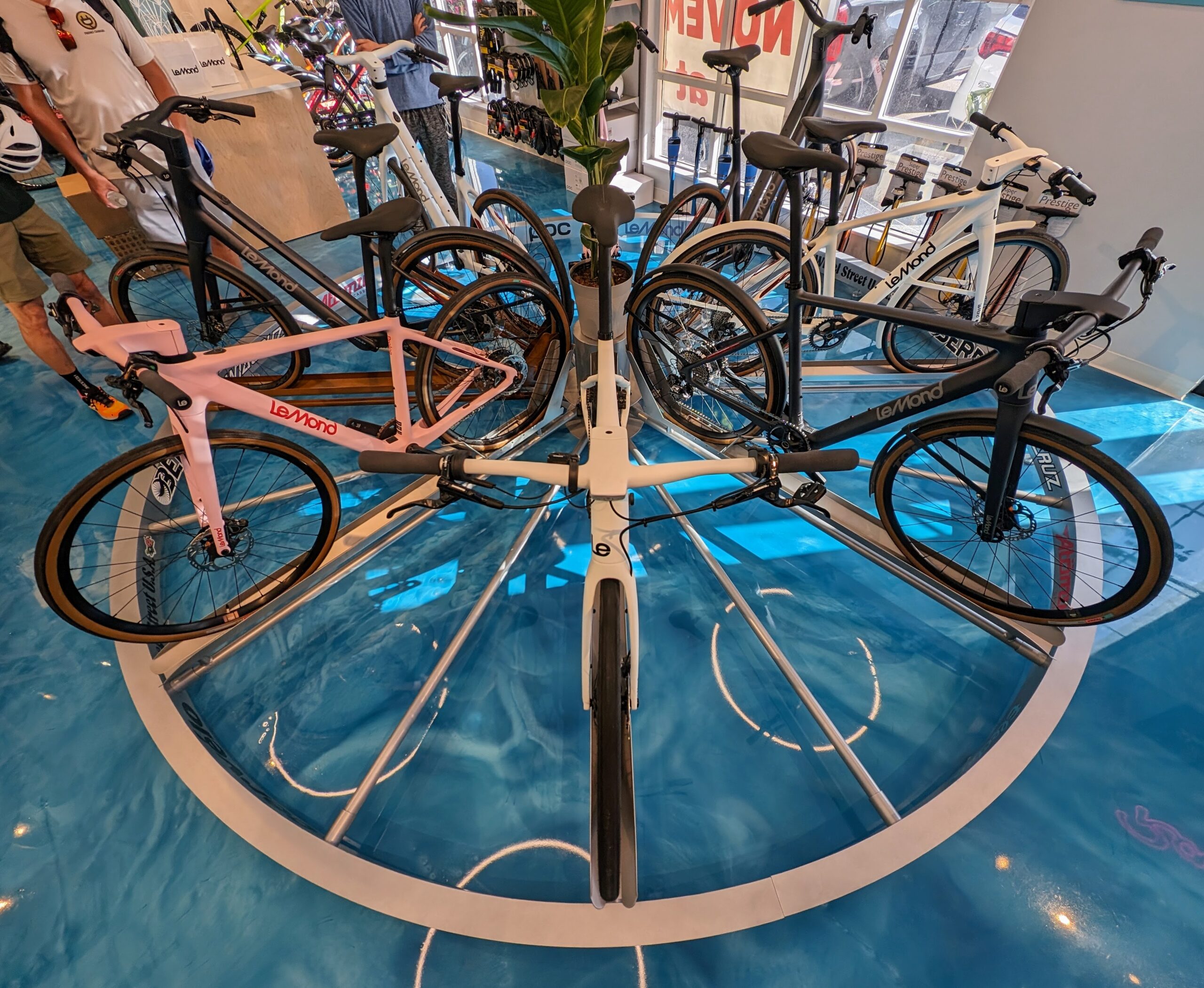Sign up for daily news updates from CleanTechnica on email. Or follow us on Google News!
As this new week starts, let’s look back once more at the coolest cleantech stories of the past week — and one very not cool story.
I’ve got to start with some tremendous EV fast charging news from across the globe.
First of all, Japan is rolling out some genuinely brilliant and useful wireless EV fast charging infrastructure at certain intersections. This seems like an exotic and wild potential charging solution right now, but I have the sense it should be a core EV charging method of the future, and I’m impressed at how far the technology has advanced. Just with current wireless charging tech in the ground, sitting at a traffic light could add 6 km of range in a minute, or 60 km in 10 minutes. What more could be needed? The max charging power capacity using this wireless tech is 150 kW, essentially the same as Tesla’s original Superchargers!
From the same article, but a completely different story, we’ve got Li Auto’s newest road giant, the Li Mega (which Jo Borras and I think looks a bit like a hypothetical Tesla Cybervan). The Li Mega an insane max charging capacity, and all kinds of insane charging stats. The Mega can charge up to 552 kW. That’s bonkers. According to the company, even when the battery is at an 80% state of charge, it can pull in 315 kW of power! And at max charging, the Li Mega takes only 11 minutes to go from 6% to 80%. That’s crazy.
Speaking of fast charging, bp pulse is buying about $100 million worth of Tesla Superchargers. Jennifer Sensiba offers her views on why bp pulse is buying these Tesla Superchargers.
Speaking of Tesla, the company is now hiring for sales and managerial jobs in Chile. That indicates to me that the Silicon Valley giant is spreading its wings into new realms geographically as it tries to continue expanding its annual sales growth (and, in particular, as the company strived to reach the 50% CAGR Elon Musk long forecasted for this decade).
Another Silicon Valley company spreading its electric wings is Uber. This is a news story that was a bigger surprise to me. Uber is adding 10,000 BYD electric cars to its Uber and Uber Eats fleets in Australia.
Also, across the globe, Uber is leading the way forward in another way by partnering with Waymo to offer autonomous electric rides in the Phoenix area.
But if you really want to get your neck hairs tingling with some autonomous electric news, that’s news from China that the EHang EH216-S has been approved for autonomous electric air taxi service — commercial service. Autonomous electric air taxis are arriving at last. (Well, in China at least.)
It may be much more old school, but I was equally thrilled by a new high-speed rail line in Indonesia. You have to check out the video footage of that line, too — stunning. The sad thing, of course, is that here in the US, we can’t even dream of such a train.
Back to the US and electric cars, Ford is reportedly planning to produce an electric vehicle in place of the popular Ford Escape at its plant in Kentucky in 2025. Notably, producing a new EV at this factory was one of the concessions Ford made with union contractors recently — union workers clearly think a way to secure their jobs in Kentucky is to get Ford producing more EVs there. Because EVs are the future, and the future must be planned for right now.
Last but not least among the coolest CleanTechnica stories of the week is my interview with two cofounders of Iontra. They are dramatically improving battery performance and longevity with their innovative charge controller solutions. Keep an eye on this company. And be sure to listen to the podcast, or at least read the article about it. The company is making tremendous improvement in an area that we never even talk about.
We did have one big downer story. Hertz, after taking such a big EV lead, especially with its commitment to purchase 100,000 Teslas by the end of 2022, has missed that target and scaled back its EV ambitions. The rental car company has faced a number of challenges with its Teslas, including higher than expected maintenance and repair costs as well as higher than expected depreciation. The company currently has about 35,000 Teslas and 50,000 BEVs overall in its fleet. A potentially bigger issue I’ve noticed is that Hertz isn’t giving EV renters enough information and support for their forays into electric vehicle driving. It’s one thing to rent an EV to an EV owner, but when renting electric cars to people who haven’t driven them before and who don’t have any real knowledge of EV charging networks (or cards to charge at those stations), Hertz is probably doing more harm than good to the EV revolution, especially when it comes to non-Tesla electric cars.
This is part of CleanTechnica’s weekly newsletter. Sign up for the newsletter here!
Have a tip for CleanTechnica? Want to advertise? Want to suggest a guest for our CleanTech Talk podcast? Contact us here.
EV Obsession Daily!
I don’t like paywalls. You don’t like paywalls. Who likes paywalls? Here at CleanTechnica, we implemented a limited paywall for a while, but it always felt wrong — and it was always tough to decide what we should put behind there. In theory, your most exclusive and best content goes behind a paywall. But then fewer people read it!! So, we’ve decided to completely nix paywalls here at CleanTechnica. But…
Thank you!
Community Solar Benefits & Growth
CleanTechnica uses affiliate links. See our policy here.




